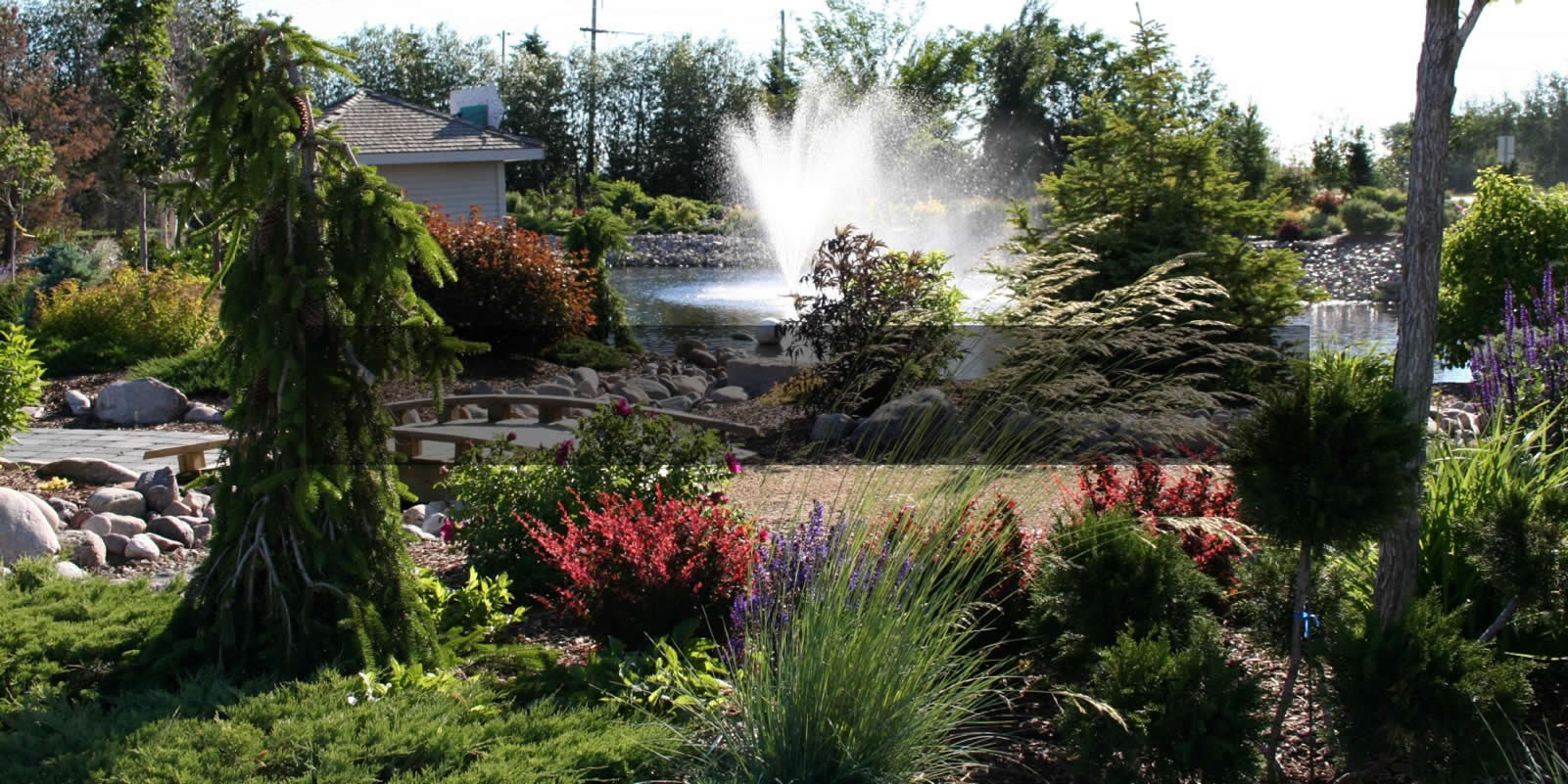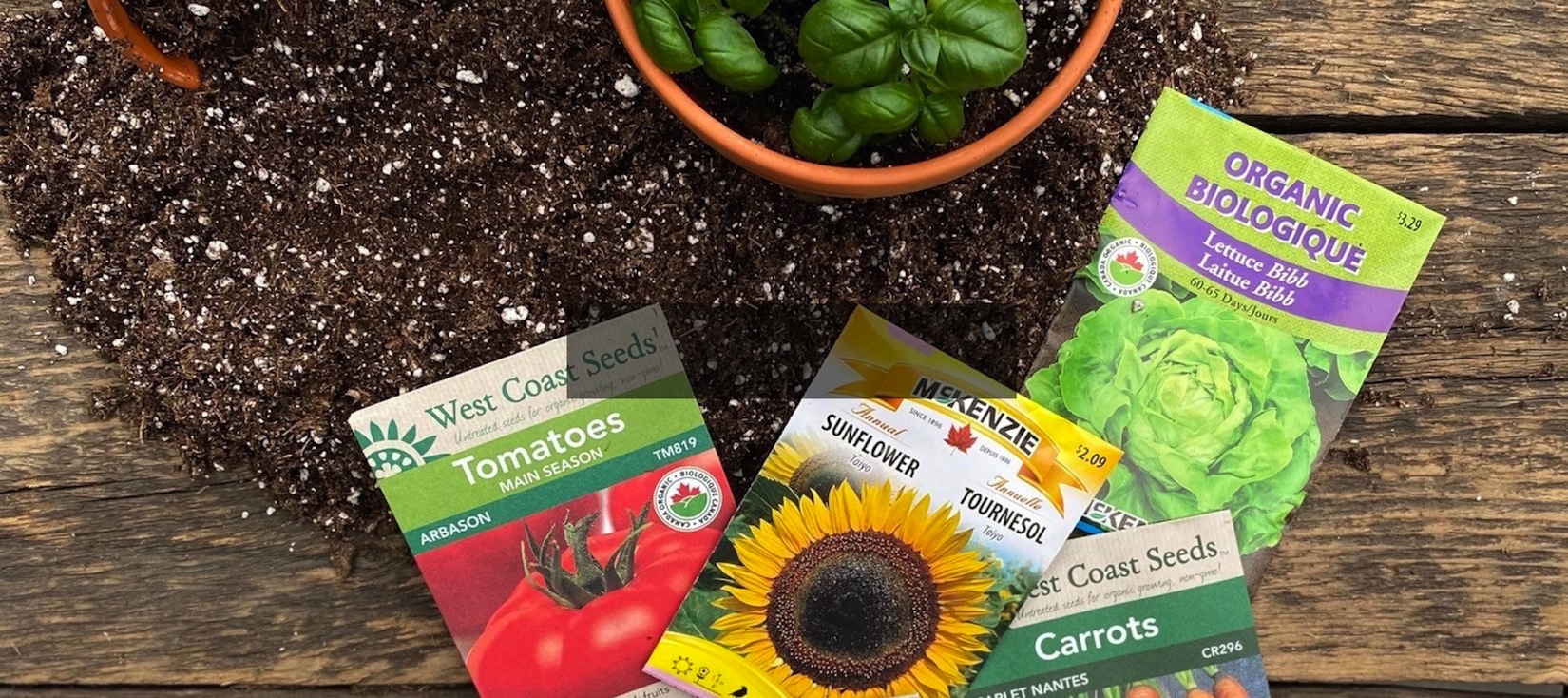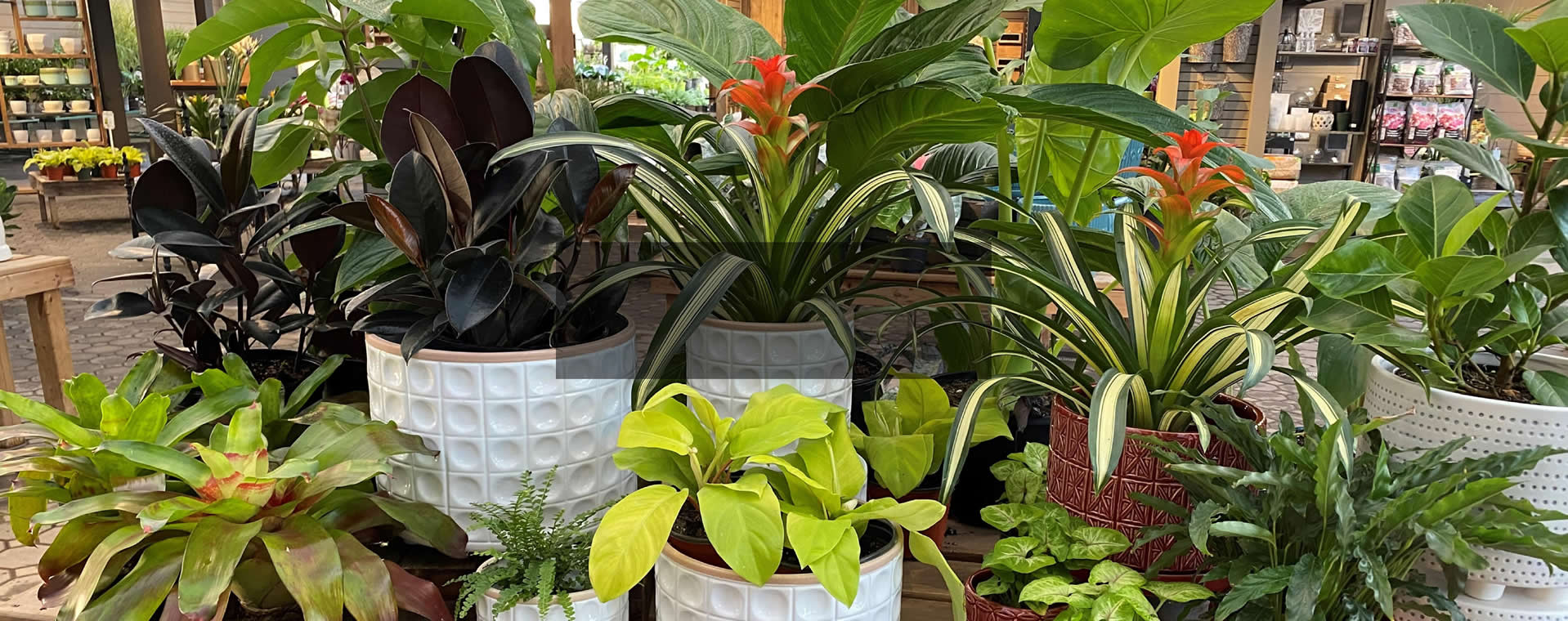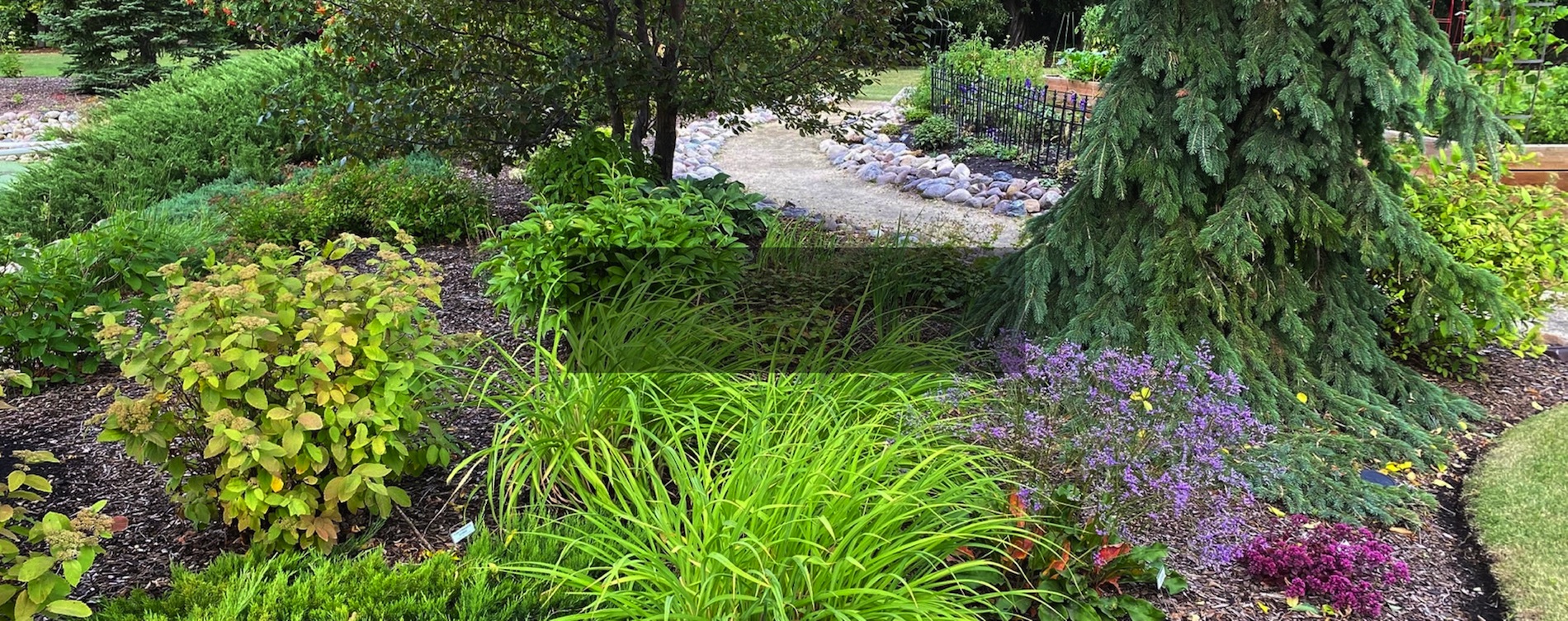Fall Bulbs 101: How to Plant for a Brilliant Spring Display
Joe Gadbois, August 27, 2025

Why Plant Bulbs in Fall?
In my earlier years as a budding gardener, before entering the garden centre industry, I would often suffer from depressive feelings in the winter, and I learned that an important part of managing the winter blues is planning and putting things in place that allow you to look forward to the future. I loved and still love planting fall bulbs so that I not only have something fun to do in the fall, but I also have something to look forward to in the spring.
When I show friends and co-workers photos of my garden in the spring, people often exclaim at how early things start to bloom – April or even March some years. This is largely because of fall bulbs; many of the earliest spring blooms are bulbs planted in the fall. Crocus, snowdrops, Siberian squill, and fritillary are a few of my favourite early spring bloomers. Later in the spring, classics such as tulips, daffodils, and alliums bloom which are also fall bulbs.
Fall bulbs are incredibly easy to plant, generally inexpensive to buy, and are low maintenance afterward. I’m happy to share some tips that will allow you to get the most bang for your buck from these great plants.

When Should You Plant Fall Bulbs in Edmonton?
Aim to plant between mid-September and early October, when daytime highs are consistently below 20 degrees Celsius. Bulbs need at least 4 weeks to root in before the ground freezes for best results.
Why wait until it cools?
- Bulbs need cool soil to trigger root growth without early sprouting
- Planting too early can lead to premature growth that gets damaged by frost
- Planting too late can lead to the bulbs not properly rooting.
How Deep Should I Plant Bulbs?
A simple rule: plant bulbs 2 to 3 times deeper than the height of the bulb.
Here’s a quick reference for common fall bulbs:
- Allium: Plant 6-9” deep, space 6-8” apart
- Crocus: Plant 2-3” deep, space 2-3” apart
- Daffodil: Plant 4-9” deep, space 6” apart
- Tulip: Plant 4-8” deep (2-3” for botanical types), space 4-6” Part (2-3” for botanical types)
Always plant with the pointy side up (except crown imperial which should be planted at a 45-degree angle, so water doesn’t get in the hole) and be sure the soil drains well as bulbs don’t like sitting in wet soil.

How to Plant Fall Bulbs Step-by-Step
- Choose a sunny location (min. 6 hours direct sun for best results) with good drainage
- Loosen the soil about 8–10 inches deep and mix in 30% compost
- Dig a hole or trench 2-3 times deeper than the height of the bulbs
- Scratch a handful each of bone meal and compost into the soil in the bottom of the hole
- Place bulbs in the hole pointy side up, spacing them according to type
- Backfill with soil, gently firming afterward
- Water in thoroughly to trigger root development
- After planting, keep the soil moderately moist (not soggy wet) until freeze-up
If squirrels, mice, or other animals dig up or eat bulbs in your yard, consider creating a chicken wire dome over the soil where you’ve planted to make a barrier.
Another tip: certain bulbs benefit from soaking in water overnight before planting, such as snowdrops, winter aconite, and wood anemone. This will allow them to root in faster. These types of bulbs especially need to be planted before it gets too late, or they may not root before winter.

Designing With Fall Bulbs
Most fall bulbs start to yellow off soon after blooming has finished, going dormant in summer. The key to successful garden design with fall bulbs is to plant them amongst perennials, which will emerge as the bulbs finish and hide the fading foliage of the bulbs.
Important: The foliage of the bulbs needs to be allowed to yellow off naturally before cutting it back. This allows energy to return to the bulb so it can come back and flower next year.
Great perennials to plant with bulbs:
- Catmint (Nepeta)
- Cranesbill (Geranium)
- Daylily (Hemerocallis)
- Hosta
- Ornamental grasses
- Peony

Tip: Plant bulbs in drifts around and between perennials, instead of rows, for a more natural look. Many bulbs will naturalize over time, and small bulbs such as crocus can even be planted in a lawn with an aerator to give a “meadow” look in spring.
How Many Bulbs Should I Plant?
This depends on the size of the space and how bold you want the effect. Generally, more is better. Fall bulbs look best when planted in dense groups or drifts rather than scattered singly.
Suggested amounts for impact in small beds:
- 10–15 crocus per square foot
- 8–10 tulips or daffodils per square foot
- 5–7 alliums grouped in a cluster
A Few Minutes Now for Weeks of Colour Later
Planting fall bulbs is one of the easiest ways to add spring beauty to your garden without much effort. A little digging in September and October can bring you a lot of joy in April and May, especially when you’re craving colour after a long winter.
Not sure what bulbs are right for your space? Come visit us at Greenland — our team can help you choose reliable, cold-hardy varieties and show you how to get the best results in your own garden.





